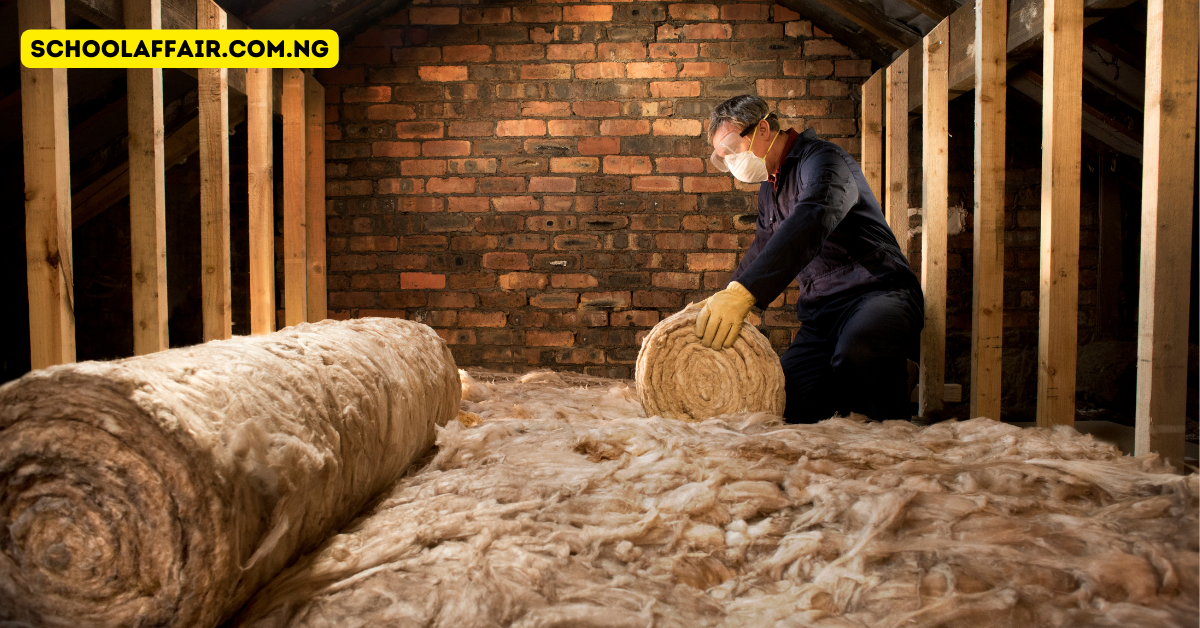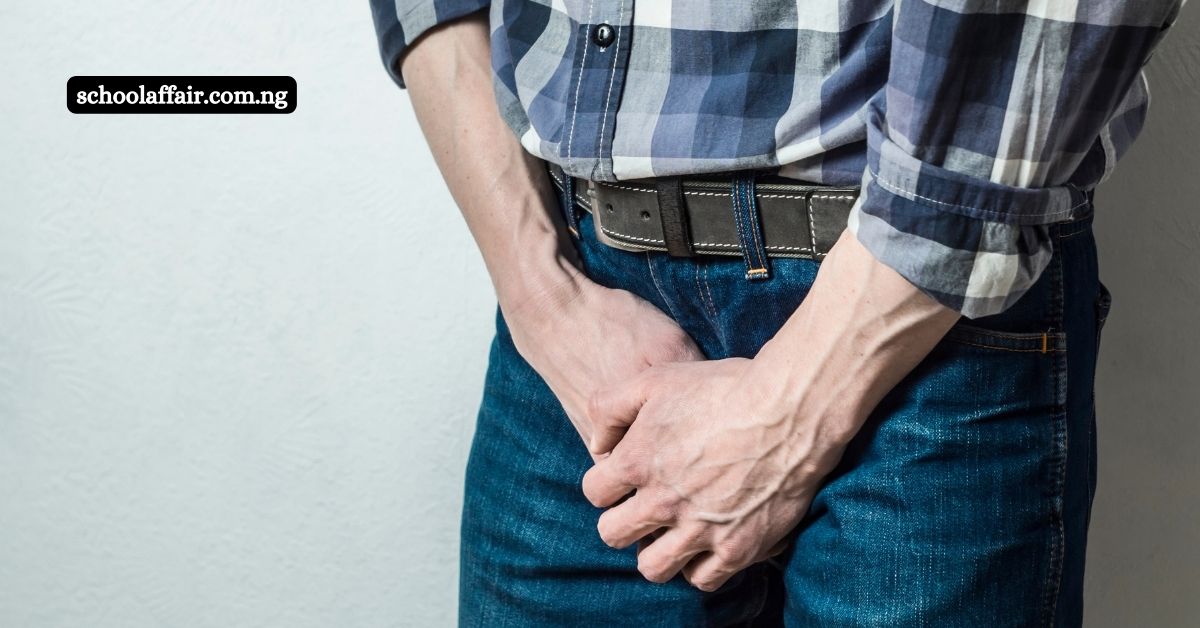Safeguarding Your Home: Understanding and Managing Asbestos-Contaminated Vermiculite Insulation
As a homeowner, ensuring the safety of your family and the environment in which you live is paramount. One potential concern that many homeowners may encounter is the presence of asbestos-contaminated vermiculite insulation. This blog post aims to provide comprehensive information on identifying, assessing, and managing vermiculite insulation that may be tainted with asbestos.
The Source of Concern:
Vermiculite insulation sourced from the Libby mine in Montana, which supplied over 70 percent of vermiculite in the U.S. from 1919 to 1990, is a cause for concern. This mine had deposits of asbestos, leading to contamination of the vermiculite. As a result, if your home has vermiculite insulation, especially from the period mentioned or associated with the Libby mine, it’s prudent to assume it may be contaminated with asbestos.
Identifying Vermiculite Insulation:
Vermiculite insulation is described as a pebble-like, pour-in product, usually gray-brown or silver-gold. It may contain shiny flakes or small accordion-like pieces and range in size from very fine particles to coarse pieces nearly an inch long. To identify it without disturbing the material, homeowners can refer to photos available on reputable websites.
Testing and precautions:
While professional testing for asbestos is available, due to the high likelihood of contamination from the Libby mine, assuming vermiculite insulation contains asbestos is a safe approach. Disturbing the insulation can release asbestos fibers into the air, posing health risks. Therefore, avoiding any disturbance and limiting access to the attic can significantly reduce potential exposure.
Health Risks and Asbestos Exposure:
Asbestos is known to cause serious diseases, including lung cancer and mesothelioma. Airborne asbestos fibers pose a health risk through inhalation, emphasizing the importance of not disturbing vermiculite insulation. Homeowners who have not gone into the attic or disturbed the insulation are likely not exposed to asbestos fibers.
Managing Vermiculite Insulation: For homeowners with vermiculite insulation, it is recommended to:
- Leave it undisturbed.
- Do not disturb the vermiculite insulation in your attic or walls.
- Avoid storing items or allowing children to play in areas with vermiculite insulation.
- Professional Assistance:
- If remodeling or renovations are planned, hire trained and certified asbestos professionals to handle the insulation safely.
- Consult state or local health departments for recommendations on certified asbestos removal contractors.
- Attic Access and Protective Measures:
- When attic access is necessary, stay on the floor and wear protective equipment.
- Limit the number and duration of trips to the attic to minimize potential exposure.
- Preventing Contamination in Living Spaces:
- Seal cracks and holes in ceilings to prevent vermiculite insulation from sifting through.
- If fibers are suspected in living spaces, contact an accredited asbestos inspector for an assessment.
Conclusion:
Safeguarding your home from asbestos-contaminated vermiculite insulation involves understanding the risks, identifying the material, and taking appropriate precautions. By adopting a proactive and informed approach, homeowners can ensure the well-being of their families and create a safe living environment. If in doubt, seeking professional guidance and assistance is always a wise decision to mitigate the potential health risks associated with asbestos exposure.
What you need to know
1. What is vermiculite insulation, and why is it a cause for concern?
- Vermiculite insulation is a naturally occurring mineral used in household insulation. Concern arises when it is contaminated with asbestos, particularly from the Libby mine in Montana, which supplied a significant portion of vermiculite in the U.S.
2. How can I identify vermiculite insulation in my home without disturbing it?
- Look for pebble-like, pour-in insulation, typically gray-brown or silver-gold. It may contain shiny flakes or accordion-like pieces. Online resources with photos can aid in identification.
3. Should I test my vermiculite insulation for asbestos?
- Due to the high probability of contamination from the Libby mine, assuming it contains asbestos is a safe approach. Testing may be expensive and may not always provide accurate results.
4. What are the health risks associated with asbestos exposure?
- Asbestos exposure can lead to serious respiratory diseases, including lung cancer and mesothelioma. There is no known safe level for asbestos exposure.
5. Can I remove the vermiculite insulation myself?
- No, homeowners should not attempt to remove vermiculite insulation containing asbestos. Hire trained and certified asbestos professionals for safe removal.
6. Is there a risk if I haven’t disturbed the vermiculite insulation in my attic?
- The risk of asbestos exposure is minimal if the insulation remains undisturbed. Limiting access to the attic and avoiding any disturbance are key precautions.
7. How can I reduce exposure when occasionally accessing my attic?
- Stay on the floored part of the attic, wear protective equipment, and limit the duration of trips. Gentle handling of items in the attic can minimize disturbance.
8. Can vermiculite insulation contaminate the rest of my house?
- Yes, it’s possible for vermiculite insulation to sift through cracks. Seal cracks and holes to prevent contamination. If suspected, consult an asbestos inspector.
9. Are there financial assistance options for asbestos removal?
- The Zonolite Trust provides funds for abatement if your vermiculite insulation is identified as a Zonolite brand. Opening a claim on their website can provide more information.
10. What if I need work done in my attic that may disturb the insulation?
- Hire trained and certified asbestos professionals for any work that may disturb vermiculite insulation. They can safely handle the material and ensure its proper removal.
11. Can occasional attic access increase the risk of exposure?
- While occasional access is generally low-risk, taking precautions such as wearing protective equipment can further minimize any potential exposure.
12. Is there a safe level of asbestos exposure?
- There is no known safe level for asbestos exposure. The goal is to minimize exposure by avoiding disturbances in vermiculite insulation.
13. Can smoking increase the health risks associated with asbestos exposure?
- Yes, smoking increases the risk of asbestos-related diseases. The combination of smoking and asbestos exposure significantly elevates the risk of lung diseases.
14. How can I find certified asbestos removal professionals?
- Contact your state or local health department for recommendations. Online directories may also list licensed asbestos removal contractors in your area.
15. Is sealing cracks in the ceiling sufficient to prevent contamination?
- Sealing cracks is a preventive measure, but it’s crucial to consult professionals if you suspect vermiculite insulation is entering living spaces to assess the risk of exposure.
Related



